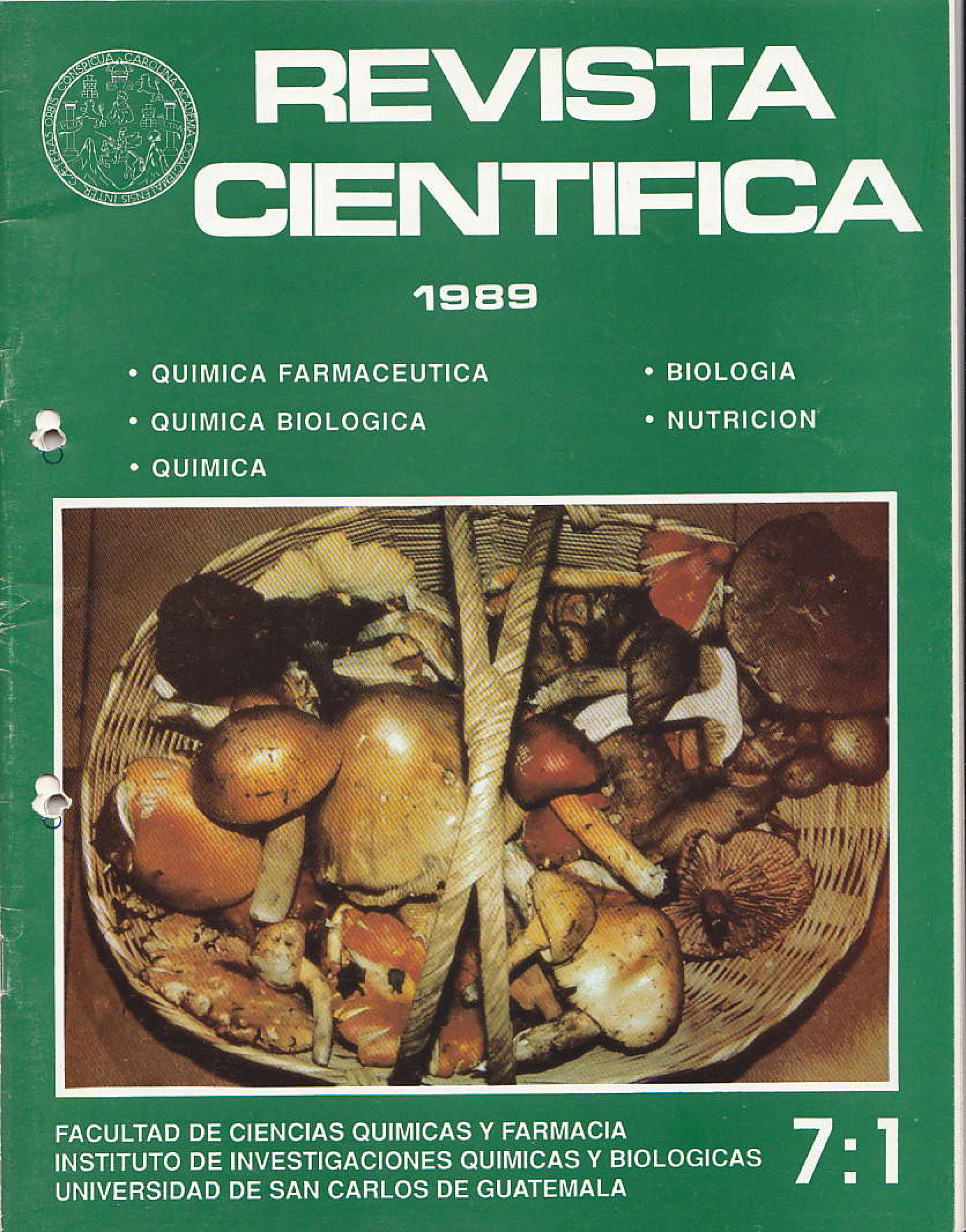Preliminary study on the macrophyte association of Lake Amatitlan
DOI:
https://doi.org/10.54495/Rev.Cientifica.v7i1.430Keywords:
preliminary study, macrophyte association, Lake AmatitlanAbstract
At the beginning of an aquatic succession, floating microscopic organisms, consisting of phytoplankton (algae) and zooplankton (animals), establish themselves first. Over time, other types of vegetation, including macroscopic plants, invade the body of water (lake lagoon), and the organic residues of this vegetation settle on the bottom of the shores. This sediment serves as a substrate for the rapid growth of aquatic vegetation. The aquatic vegetation surrounding the lagoon slowly gives way to terrestrial vegetation. This aquatic succession continues, and over time, the three main seral stages of ecological succession in lakes are established: Aquatic stage. Marsh stage. Gramineae and grass stage. The aquatic ecosystem can remain stable for a relatively long period if strong physical conditions exist, such as strong waves, or if the body of water is large and deep enough that the establishment of aquatic successions may not result in a firm floor. To prevent rapid eutrophication of a lake, humans often attempt to halt the process of natural ecological succession. To this end, three methods of plant control have been recognized: a) mechanical, using machinery and equipment to remove plants from the water, or by lowering or raising the water level to destroy aquatic vegetation; b) chemical control, using pesticides; c) biological control, which is currently in the experimental phase.
Downloads
References
Atwood, Walls. Lake Atitlan. Bulletin of the Geological Society in America. 44. 661-665 1933. https://doi.org/10.1130/GSAB-44-661 DOI: https://doi.org/10.1130/GSAB-44-661
Bumby Mary Jane. A Survey of Aquatic Macrophytes and Chemical Qualities of Nineteen locations in Costa Rica. Brenesia 19-20, 487-535, 1982.
Lamprecht, Hans. Ensayo sobre unos métodos para el análisis estructural de bosques tropicales. Act. Cient. Ven, 13, 57-65. 1962.
Livingston, R. et al. Determination of Sampling Strategy for Benthic Macrophytes in Polluted and Unpolluted Coastal Areas. Bulletin of Marine Sc. 26/4, 569-575. 1976.
Pearsall, W.H. A Suggestion as to Factors Influencing the Distribution of free-Floating Vegetation. Journ. of Ecology 9/1: 241-253. 19. https://doi.org/10.2307/2255404 DOI: https://doi.org/10.2307/2255404
Sheldon, Richard and C. Boylen. Maximum Depth Inhabited buy Aquatic Vascular Plants The Amer Midland NaturaIist 97(1): 248 254, 1975. https://doi.org/10.1038/254097a0 DOI: https://doi.org/10.2307/2424706
Tabarini de Abreu, Alba. Directora de la Escuela Regional de Ingeniería Sanitaria. Entrevista Personal. 16 de julio de 1987.
Downloads
Published
How to Cite
Issue
Section
License
Copyright (c) 1989 Francisco Monterroso, Julio Menegazzo, Roseivira Barillas de Klee, Haydée Paniagua de Díaz, Mario A. Díaz A.

This work is licensed under a Creative Commons Attribution 4.0 International License.
Authors who publish with this journal agree to the following terms:
- Authors retain copyright and grant the journal right of first publication with the work simultaneously licensed under a Creative Commons Attribution License 4.0 that allows others to share the work with an acknowledgement of the work's authorship and initial publication in this journal.
- Authors are able to enter into separate, additional contractual arrangements for the non-exclusive distribution of the journal's published version of the work (e.g., post it to an institutional repository or publish it in a book), with an acknowledgement of its initial publication in this journal.
- Authors are permitted and encouraged to post their work online (e.g., in institutional repositories or on their website) prior to and during the submission process, as it can lead to productive exchanges, as well as earlier and greater citation of published work.









